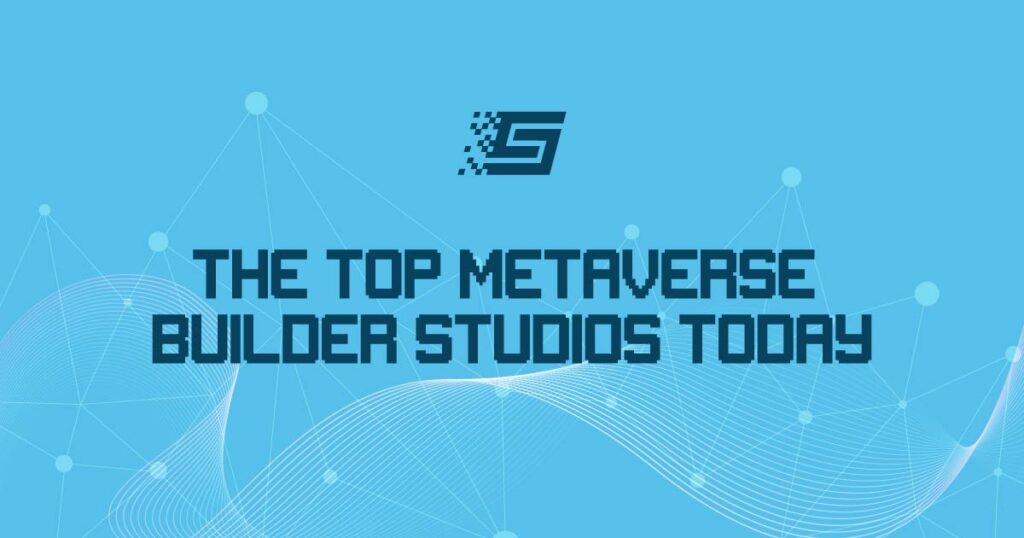Top Five Metaverse Trends
The metaverse offers trending, innovative ways of engaging and connecting that extend beyond the limitations of our physical world.
Though the definitions of the metaverse are somewhat varied in these early days, experts agree that this new landscape will bridge the gap between digital and real-world identities. The new virtual world brings us closer to a computer-enhanced world than we’ve ever been before.
The metaverse has experienced phenomenal growth in recent years. This collaborative space offers synchronistic immersive virtual reality experiences.
Here are some of the top trending areas of the metaverse so far this year.
The Trending New World Of Digital Real Estate
Virtual real estate trends have increased dramatically over recent years, breaking physical barriers.
Virtual properties act as the nuclei of digital worlds. The market within the metaverse has prospered at rapid speeds.
Sales figures for real estate in virtual worlds surpassed $500 million in 2021. This sum is expected to further soar through the course of 2022, despite the bear market continuing into the summer.
The space allows users to connect, create, and cultivate. Owners and creators of digitized land can monetize their assets by renting, leasing, and trading their NFT (non-fungible token) properties. The transactions work in a process similar to that of the real estate industry in the physical world.
Metaverse real estate stimulates lucrative opportunities. The digital space has become a new ground for financing as well as investments.
Hong Kong is meeting the demand for these virtual land plots. New World Development (NWD) recently procured The Sandbox’s biggest virtual plot. They plan to build a digital hub for startup networks.
Bangkokverse is a team of Asian 3D creators. They have recently caught the attention of some prominent property developers in the area, with companies such as AssetWise, Eastern Star Real Estate, Frasers Property, and other investors taking an interest. They think the metaverse platform will revolutionize the real estate industry and may even boost occupancy in the region.
A Social Networking Space
The metaverse could soon become the next big social networking space trend. Users can socialize and network through many immersive virtual experiences and simulations of realities, all without revealing private information like photographs, location, or even identities.
Technological innovation combined with user-generated content (UGC) facilitates community networking in the social space.
To take another example of projects in Asia, the Singaporean real estate giant Millennium Hotels and Resorts plans to launch a virtual hotel on Decentraland’s platform. Visitors could explore the virtual hotel while interacting with fellow avatars.
Facebook’s rebranding to Meta shows a further example of how some of the world’s biggest tech companies are investing in metaverse projects.
The Trend of Hyper-Realistic Avatars
In this environment, hyper-realistic avatars will allow individuals to represent themselves more fully online. These virtual representations of the metaverse user will enable connection with others on a deeper level.
The digital versions of ourselves will eventually have the ability of “teleporting” into different environments seamlessly using mixed reality, thus, reducing the need for travel.
The more realistic these avatars become, our communication sessions will become more powerful online events and digital experiences.
We’ve already seen the likes of Burberry creating virtual versions of stores and fashion houses with NFT clothing items people can apply to avatars in virtual environments.
A virtual Gucci bag was recently resold for 350,000 Robux, the virtual currency of the US gaming platform Roblox. That amounted to $4,115, more than the physical Gucci bag, which retails at $3,400 in the real world.
The South China Morning Post reported that only 851 of the bags were available during two releases of the Gucci collection for Roblox, in comparison to the 2.6 million wide-brim denim hats that were snapped up for free, making it the rarest item in the collection.
Motion Tracking And Cybernetics Technology
A significant part of the metaverse involves making interactions with machines easier. Instead of inputting requests into a computer or smartphone, we will have the ability to interact with devices via speech, motion, and even eye movements. This is something we’ve already seen different examples of in the world of XR (extended reality).
Gradually, we are transitioning towards looking at computers and digital environments from a new perspective where we’ll occupy virtual and real spaces simultaneously.
To enable the landscape for this, developers in XR will have to create more powerful tracking technology than is currently available in order to have the capability of monitoring every movement or gesture made by users in real-time. With this, the connection between the digital and the real world may also include the integration of more feedback from virtual landscapes that we interact with.
Haptics provides the users of digital spaces with the capability of “touching” content from the digital world and interacting with it in the real world, which will make our forays into the metaverse feel more memorable and real.
Crucially, the metaverse isn’t just going to bring people together with extended reality. The fully functional concept relies on a transition to an internet landscape that hasn’t yet fully taken shape.
Enhanced Hardware And Spatial Audio
XR is one of the most important technologies in creating the metaverse trend. Extended reality tools can help interactions between digital communities and environments in completely new ways.
Big Tech saw a big opportunity when the pandemic gripped the planet. Meta and other big companies, including Apple, Google, Microsoft, and Samsung, are all racing to introduce VR, AR, and MR solutions to grow markets and capitalize on increasing demand.
Meta Oculus is one of the top contenders in the virtual reality space today due to its use of more affordable software and hardware solutions. Oculus (from Meta) brings the benefits of XR to companies like Nestle with its various uses, such as employee training.
5G is becoming more available, and XR developers are optimistic about the rollout of 5G wireless services around the world. Higher-speed 5G networks are expected to eliminate many persistent technical difficulties and boost XR’s viability.
In a space where the content of the digital and real world constantly overlaps, we’ll need more in-depth XR experiences. This means the development of better immersive experiences through higher-quality visuals and incredible spatial audio for digital environments to feel as natural as walking into a room at the office. We’ll need tools for interacting online to operate as seamlessly as possible.
Lightweight “smartglasses” will replace clunky headsets. Hands-free wearables will feel like a natural alternative to smartphones as hardware evolves.
Closing Thoughts
The world of Web3 allows creators and developers to regain control of their digital content. Blockchain facilitates the management of transparent data. This makes for a fair metaverse that will allow people to sell their data, services, and experiences in a way that benefits the actual artist or creator of each asset.
The rising trend of blockchain tech and NFTs representing digital assets in the metaverse has created a convenient, trustless environment. This space allows for data exchanges, recorded histories, and decentralized authority.
A new economy now exists within the metaverse, one defined by creators being able to monetize their assets and receive adequate compensation for their creations.
Gaming communities and web-based societies will benefit from a space where everyone can have complete control over their digital identities, assets, and data.


